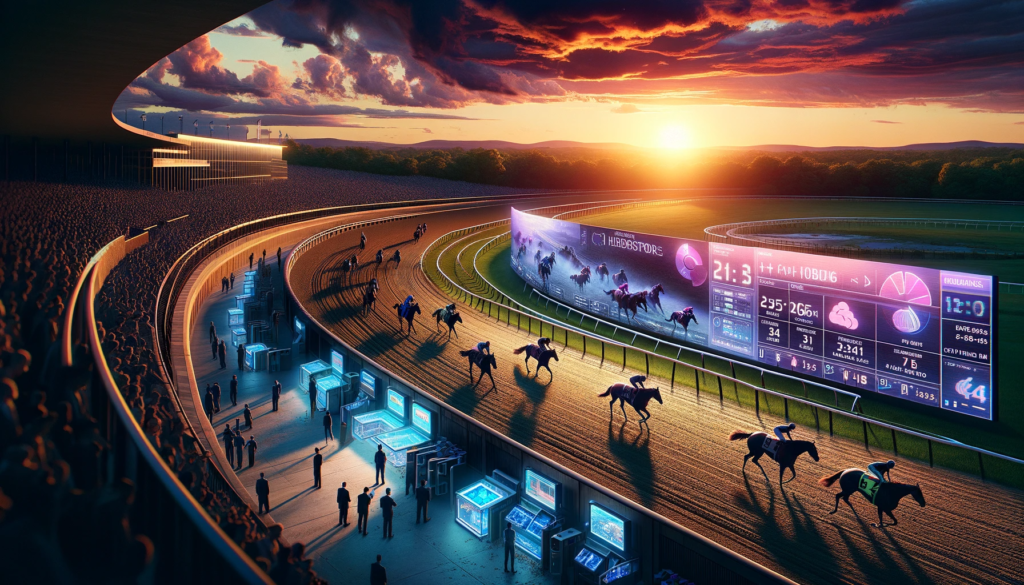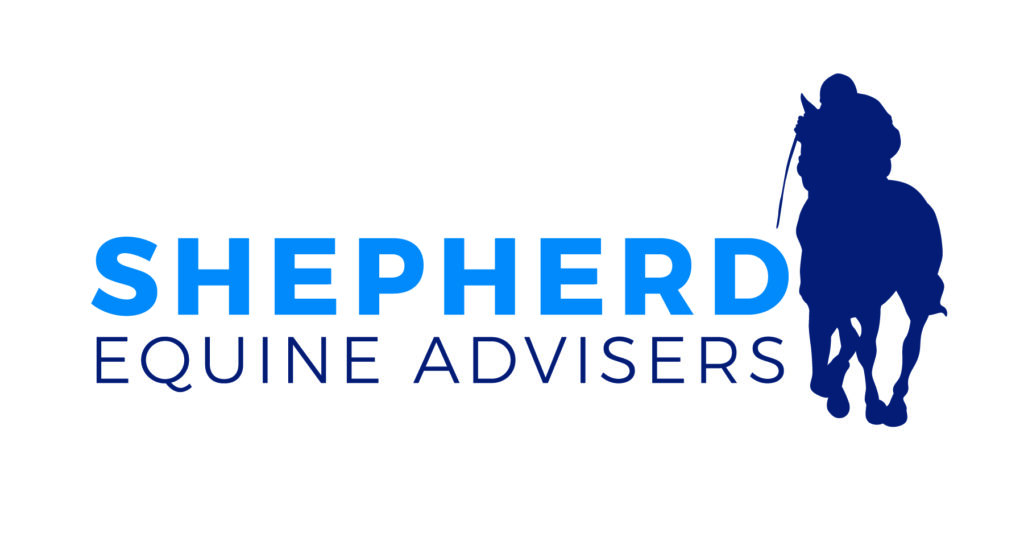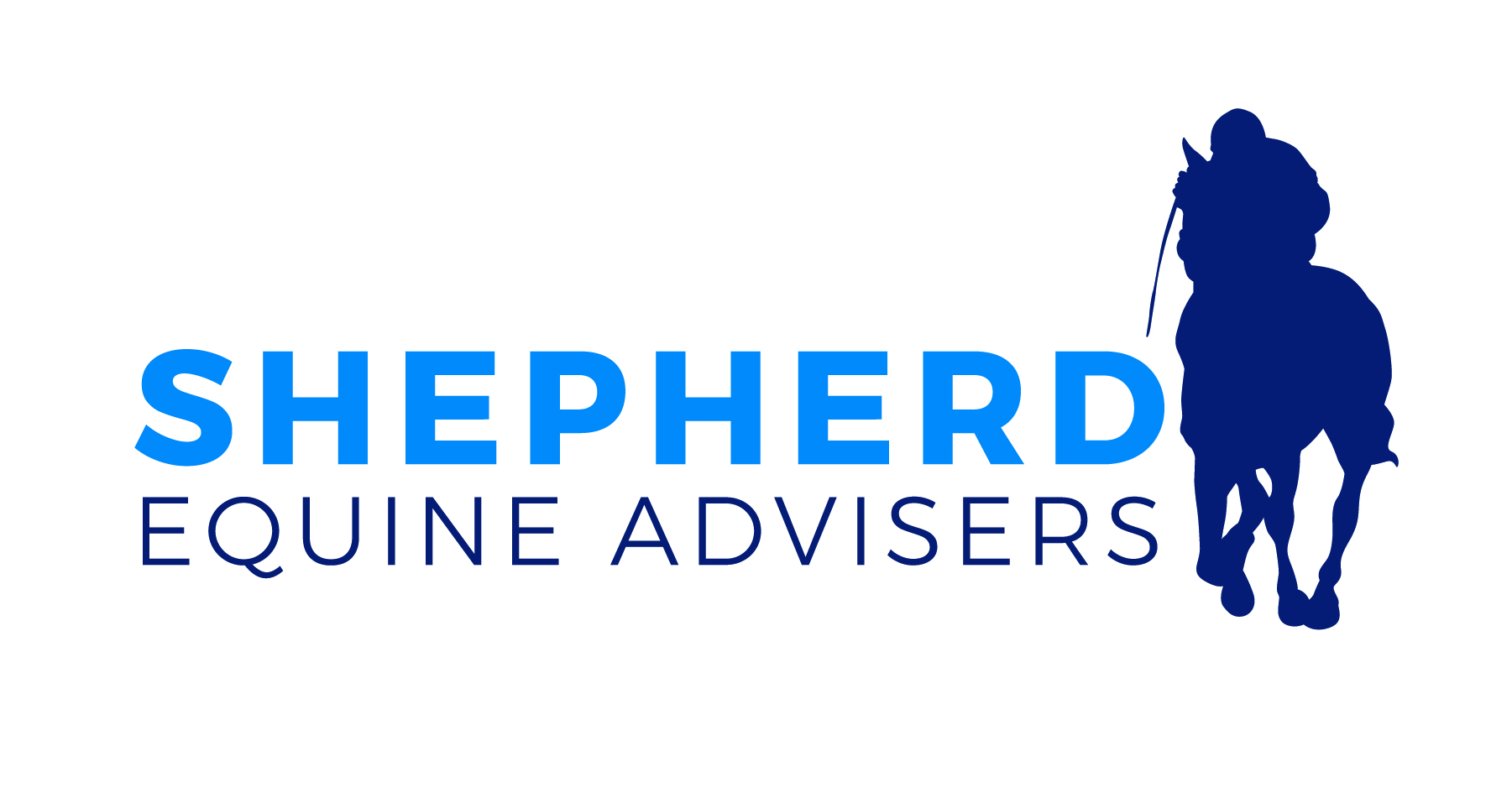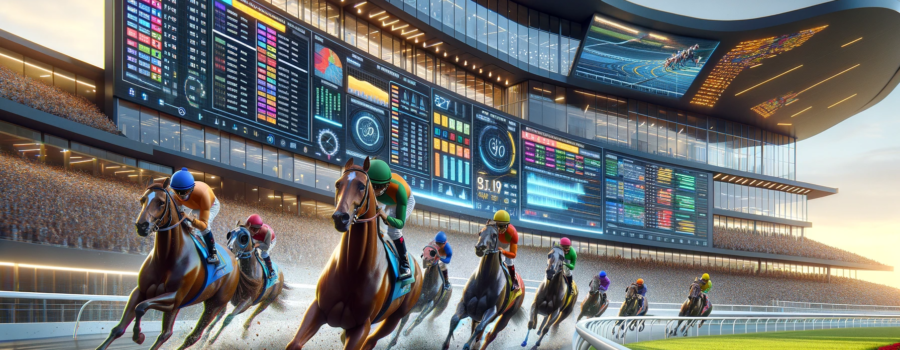At the break of dawn, the famed Belmont Park racetrack awakens to the rhythmic galloping of thoroughbred horses. It’s a world where tradition meets modernity, and where racing industry practices are increasingly shaped by a powerful player: public opinion.
- Changing Safety Standards in Response to Public Concern: The safety and wellbeing of racehorses have always been a cornerstone of racing industry practices, but recent years have seen a significant shift, largely due to public advocacy. In response to growing concerns, the industry has implemented stricter safety protocols. The Jockey Club’s Equine Injury Database reports a notable reduction in racehorse fatalities, from 2.00 per 1,000 starts in 2009 to 1.36 in 2020. These figures underscore the industry’s commitment to aligning its practices with the public’s heightened awareness and concern for animal welfare.
- Economic Shifts Driven by Public Sentiment Public opinion doesn’t just shape practices on the track; it also has a profound economic impact. The correlation between public sentiment and betting trends is evident. Financial reports from the racing industry show that positive public perception leads to an increase in betting volumes. Similarly, sponsorships are more forthcoming when the public view of the industry is favorable. This financial interplay highlights the necessity for the racing industry to maintain and enhance its public image.
- Media Influence on Public Perception and Industry Practices Media coverage plays a pivotal role in shaping public perception, thus indirectly influencing racing industry practices. Positive stories about triumphs and comebacks can bolster the industry’s image, while investigative reports on negative aspects can lead to significant reforms. For instance, an exposé on horse welfare by a major news outlet led to immediate industry responses and policy changes. These instances reveal the symbiotic relationship between media portrayal and industry practices.
- The Emergence of Social Media as a Game Changer The advent of social media has added a new dimension to how public opinion is formed and expressed. Platforms like Twitter and Facebook have given the public a direct channel to voice their concerns and opinions, leading to quicker responses from the industry. A campaign advocating for better retirement plans for racehorses, for example, gained significant momentum on social media, resulting in some racetracks adopting more responsible practices. Social media statistics show an increasing influence on public opinion, which in turn is shaping industry practices more rapidly than ever before.
- Global Perspective: Diverse Public Opinions Shaping Local Practices The impact of public opinion on racing industry practices is not just a local phenomenon; it’s global. Different countries have diverse public sentiments which influence their respective industry practices. For instance, in countries with a strong emphasis on animal welfare, the industry practices are more heavily geared towards ensuring the safety and wellbeing of the horses. International racing bodies’ reports and global surveys offer insight into these variations, highlighting the adaptability of the industry to different cultural and ethical standards.

As the sun sets over Belmont Park, it’s clear that the thoroughbred racing industry is evolving, driven by the voices of the public. This ongoing dialogue between the industry and its audience shapes the future of the sport in profound ways.
In this ever-changing landscape, one question lingers: How will your voice contribute to the shaping of tomorrow’s racing industry practices?
[Your engagement and opinions matter. Share your thoughts and be a part of the journey that shapes the future of thoroughbred racing.]







Recent Comments